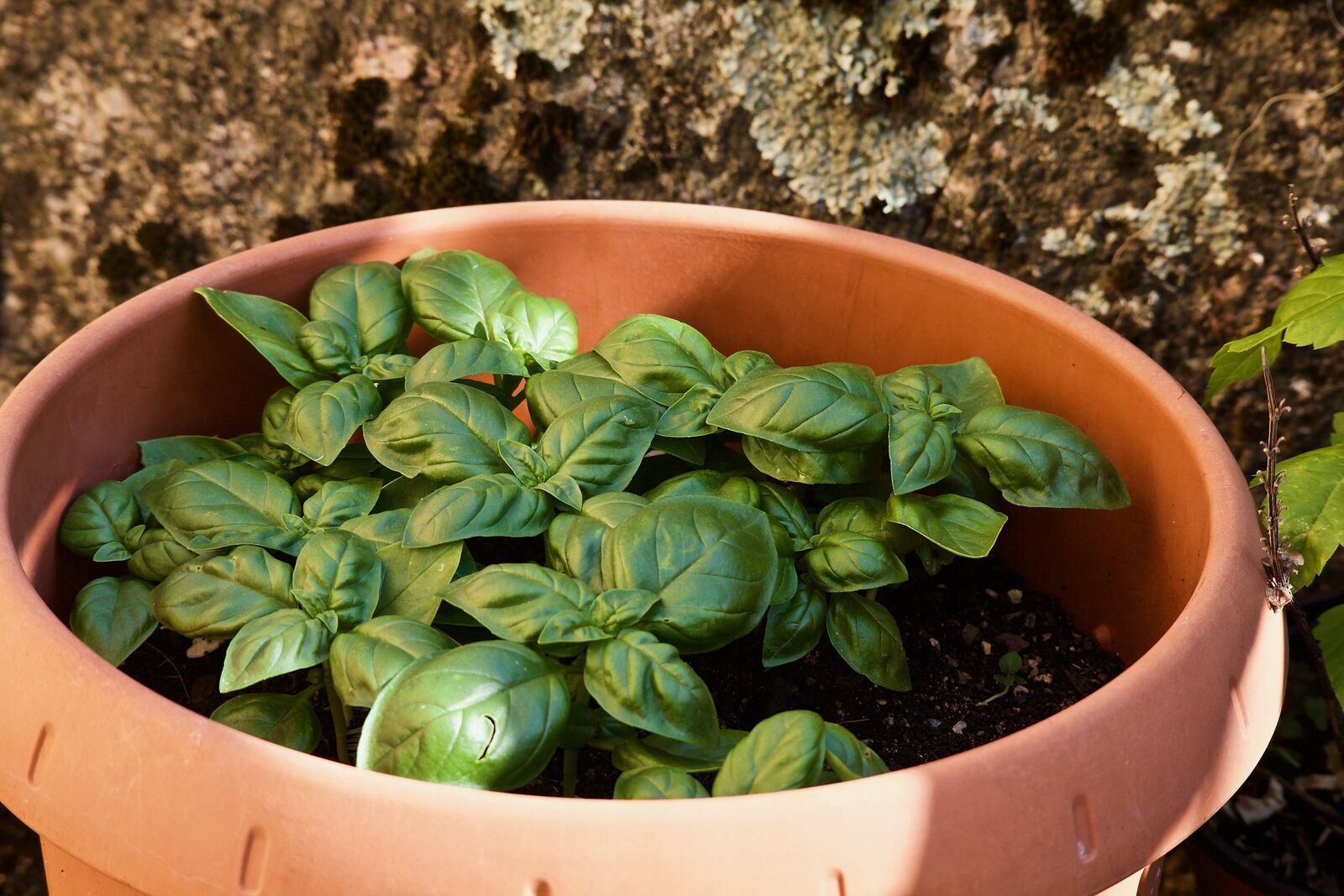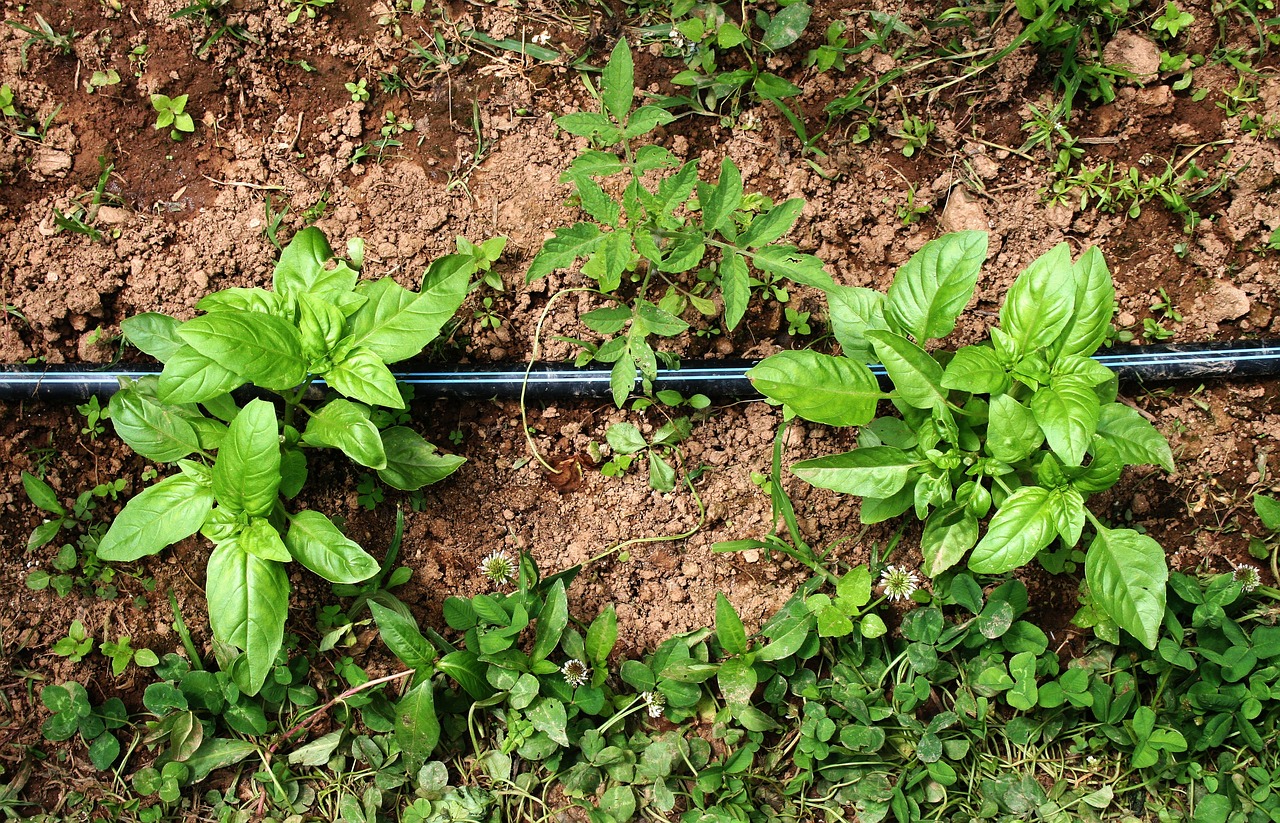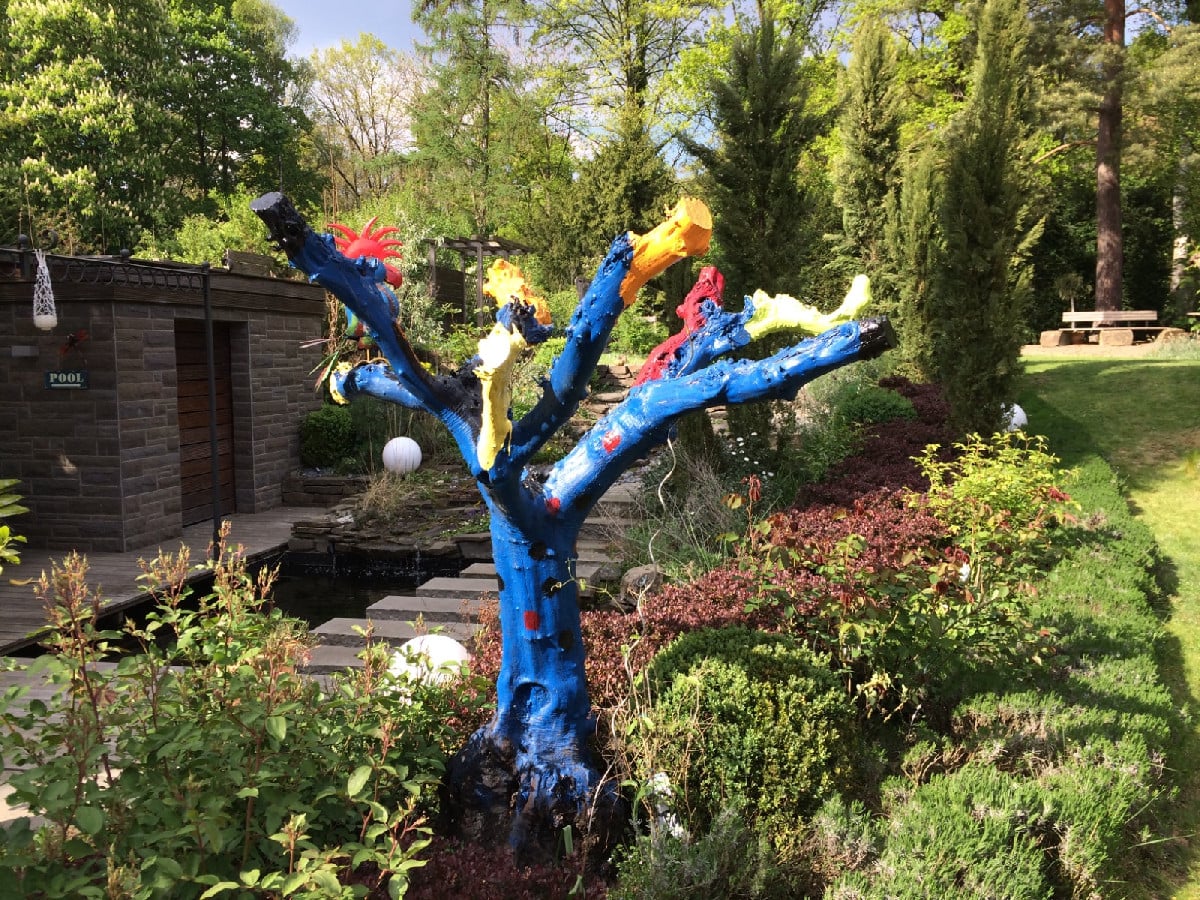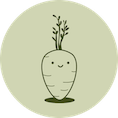
Sowing and Propagating Basil: The Right Way to Do It
Basil is a sun worshipper and likes it warm. To give the plants a head start in growth, basil is pre-grown on the windowsill. In this article, we explain how you can sow and propagate basil.
This Article Contains:
Quick Overview
Basil: Tips for Sowing
- Location: bright, sunny with loose, nutrient-poor soil
- Timing: on the windowsill from March; direct sowing from mid-May
- Sowing depth: basil is a light germinator and is only lightly covered with soil and pressed down
- Germination temperature: 20 - 25 ° C/68 - 77 ° F
Growing Basil - What You Need to Consider
- Keep the soil evenly moist without waterlogging (watering from below is best)
- Prick out the basil and plant 5 to 10 young plants in a pot
- You can plant out your basil from mid-May
Growing Basil: An Overview
Basil (Ocimum basilicum) is an annual herb from the Lamiaceae family. Due to its tropical origin, the herb likes warm and sunny conditions.
The Right Location for Basil Plants
Basil plants can be cultivated in the garden, on the balcony in a pot or in a raised bed. You need a sunny spot with loose, humus-rich soil. As basil is a light feeder, the soil does not need to be particularly rich in nutrients.

Which Basil Varieties Are Hardy?
Basil may grow as a perennial, but it is never hardy! As already mentioned, basil likes it nice and warm. As soon as temperatures fall below 7 ° C/44.6 ° F, the herb dies. Therefore, you have no choice but to sow the herb again every year. Alternatively, you can dig up your protégés in good time and put them in a warm place to overwinter. However, you need to find out in advance which varieties grow as perennials. The popular 'Genovese' variety, for example, only grows as an annual and needs to be reseeded every year anyway. You can read more about the individual basil varieties here.
Sowing Basil: How It Work
In order to give the heat-loving herb a head start in its growth, basil is grown on a windowsill or in a greenhouse in our latitudes and only planted outdoors when the temperatures are warmer.
When to Sow Basil?
Depending on the variety, you can start growing on the windowsill in March or April. Before sowing, place the basil seeds in lukewarm water or chamomile tea. This increases germination. Chamomile tea also has an antibacterial effect and prevents mold growth.
After the last frosts, from mid-May, you can also sow basil directly into the bed or pot. From then on, the temperatures will remain fairly stable and no more severe cold snaps are to be expected. It is usually worth sowing the seeds widely and watering them. If the plants are too dense later on, you can prick them out.

Want to Know More About Basil?
In our lexicon you will find information on numerous basil varieties with cultivation periods, tips on planting and harvesting. You will also find good and bad neighbours to help you plan a mixed crop.
Discover Lexicon Now
And This Is How to Sow Basil:
- Place about 3 to 5 seeds per seed pot in nutrient-poor Potting Soil. For potless cultivation to avoid waste, you can also use a Soil Press.
- Basil is a light germinator, so the seeds are only lightly covered with soil and pressed down. Under no circumstances should they be covered with more than half a centimeter of soil.
- Then carefully spray the seeds with water. Use a spray bottle to avoid washing the seeds away. The soil should be moist but not soaked.
- Now place the pots in a bright place, e.g. in a propagator. A warm, humid climate provides the best germination conditions for basil. You can also cover the pots with cling film or small glass jars and place them on the windowsill.
- Now keep the soil evenly moist without waterlogging. After two weeks at the latest, you should be able to see the first sprouting leaves.
Tips for Watering Basil When Growing
It is best to water your pot from below so that the small seeds are not washed away. To do this, pour the water into a saucer or bowl in which you place the seed pots.
Pricking Out Basil: It’s That Easy
When pricking out, the growing young plants are divided and planted in individual pots in order to grow faster. With basil, on the other hand, 5 to 10 young plants are planted as clumps in a pot or bed. When pricking out the basil seedlings, you can place the fragile young plants a little deeper in the soil than before. This gives them stability. Water the young plants well so that the roots have contact with the soil and grow well. They will now continue to grow on the windowsill for a few more weeks until it is warm enough to plant them out.

Planting Out Basil: From the Windowsill to the Bed
You can plant your pre-grown young plants outdoorsfrom mid-May. Before that, it is advisable to harden off your plants. If you have been growing them on a windowsill, they will not be used to temperature fluctuations, wind, rain or direct sunlight. You first need to get your young plants used to this. To do this, place them outside for several hours a day for about a week. At first you should choose a shady spot, but towards the end you can also place them in direct sunlight.
Harvest Your Own Basil Seeds
You can easily obtain your own basil seeds and sow them again next year. Your basil variety should be seed-resistant for this. Normally, you would harvest your basil diligently and thus delay flower formation a little. The leaf aroma diminishes with the flowers and the basil is no longer nearly as tasty.
If you want to harvest seeds, let the basil flower directly and let the seeds ripen on the plant. Harvest the seeds when the flowers have dried up and died. Cut off the inflorescences completely and hang them upside down. Now you can tap or strip out the seeds. They are small and deep black and therefore easy to distinguish from the dried parts of the plant.
I hope this has whetted your appetite for growing your own basil. If you have any questions or comments, please write to us at [email protected]. Would you like to receive helpful gardening tips all year round and plan your own beds in the best possible way? Then register here or download the Fryd app for Android or iOS.
Fryd - Your digital bed planner
Cover picture by jackmac34 on Pixabay.

Marie
Marie is an agronomist. She is particularly interested in the sustainable and organic cultivation of vegetables and other plants. In her own garden, she gained experience and likes to try things out to learn from nature. She is particularly interested in the values and principles of permaculture, in order to contribute not only to the well-being of nature, but also to the well-being of people and future generations.
Learn MoreCurrent Topics in the Community

We had an olive tree ... when it didn't survive a harsh winter, my husband and our children turned it into this sculpture - a real #heart element in our garden. We planted a rambler rose on the second olive tree, which enchants us every year with its white flowers. It looks as if it were a flowering rose bush ....

Liked 5 times
May I introduce: my roommates Max (left) and Moritz. Max is a "sweet starter", which I used for the panettone and I can say it's much better than the store-bought one! The baguette (ok I still have to work on the perfect shape 🤣) with yeast only. The Moritz is a rye sourdough and is used for Vintschgauer.

Hello lovelies I am new to gardening What recommendations do you have for buying seeds? Or which stores can you recommend? I'm planning to start with the classics Onions, potatoes, garlic, carrots, herbs, lettuce, tomatoes, peas, beet and pumpkin
Show 3 answersPopular Articles

Overwintering Parsley: How to Do It Successfully

How to Grow Lettuce in Winter: Varieties, Sowing, Harvesting

Growing Sage Plant: Tips for Sowing and Harvesting

What Herbs Can Be Planted Together?

Create & Design a Permaculture Garden

Overwintering Plants: Tubs, Pots and Raised Beds

Pruning, Fertilizing & Propagating Currants: Care Tips

Pruning Raspberries: How to Do It

Vegetable Garden With Greenhouse: How to Use Greenhouse Effect

Winterizing Beds and the Garden: How to Do It
FAQ
When is the best time to sow basil?
They can be sown on the windowsill from March; direct sowing outdoors is possible from mid-May.
Basil is a light germinator and the small seeds are only lightly covered with soil and pressed down.
What is the ideal location for basil?
Basil prefers a bright, sunny location with loose, humus-rich soil.
Can you harvest your own basil seeds?
Yes, by allowing the flowers to form and the seeds to ripen on the plant, you can obtain your own seeds.